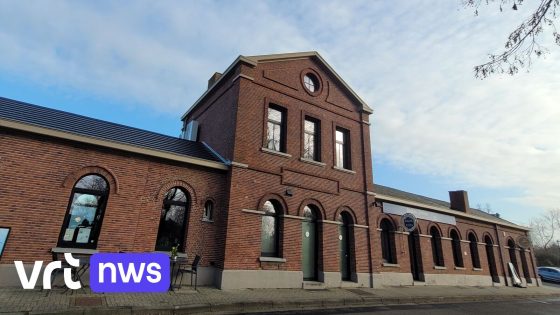Belgium’s infrastructure landscape is set for significant change with the announcement of a new annual budget of 2.2 billion euros dedicated to Flemish mobility and infrastructure projects. This ambitious plan aims to improve key transport links, including the vital North-South connection, reflecting a strong commitment to easing congestion and enhancing road safety. As of 2025-07-18 03:59:00, local authorities and communities are already reacting to the proposed investments and their potential impact.
- Vlaams mobiliteitsplan investeert 2,2 miljard jaarlijks
- Lokale politici reageren kritisch op plannen
- Grote werken aan A12 veroorzaken dagelijkse files
- Vlaams infrastructuurplan richt zich op veiligheid
- Vlaanderen verdeelt infrastructuurbudget met winnaars/verliezers
- Burgemeesters verdelen 14,4 miljoen wegeninfrastructuurfonds
While the funding promises progress, it also raises questions about the distribution of resources across regions. Will smaller towns like Lokeren receive adequate support, or will they be left with mere “crumbs” as some local leaders fear? Moreover, the focus on major highways such as the A12 highlights ongoing traffic challenges, with daily jams frustrating commuters despite ongoing construction efforts.
What does this mean for everyday Belgians navigating these busy routes? The following summary sheds light on the key winners and losers in this infrastructure overhaul and what it could mean for your daily commute.
How will these investments translate into tangible benefits for Belgian drivers and local economies? The plan’s focus on reducing accident-prone “moordstrookjes” and upgrading the North-South corridor shows a clear priority for safety and efficiency. However, balancing regional needs remains challenging:
- Major highways will see extensive work, aiming to reduce daily traffic jams and improve flow.
- Smaller municipalities call for more equitable funding to avoid being sidelined.
- Safety improvements target notorious accident hotspots to lower fatalities.
- The plan signals a long-term commitment but requires ongoing monitoring and community feedback.
As these projects roll out, Belgian citizens and stakeholders should stay informed and engaged. Will the promised improvements meet expectations, or will further advocacy be necessary to ensure all regions benefit fairly? The coming months will reveal how effectively the government manages this critical investment in Belgium’s future mobility.
































